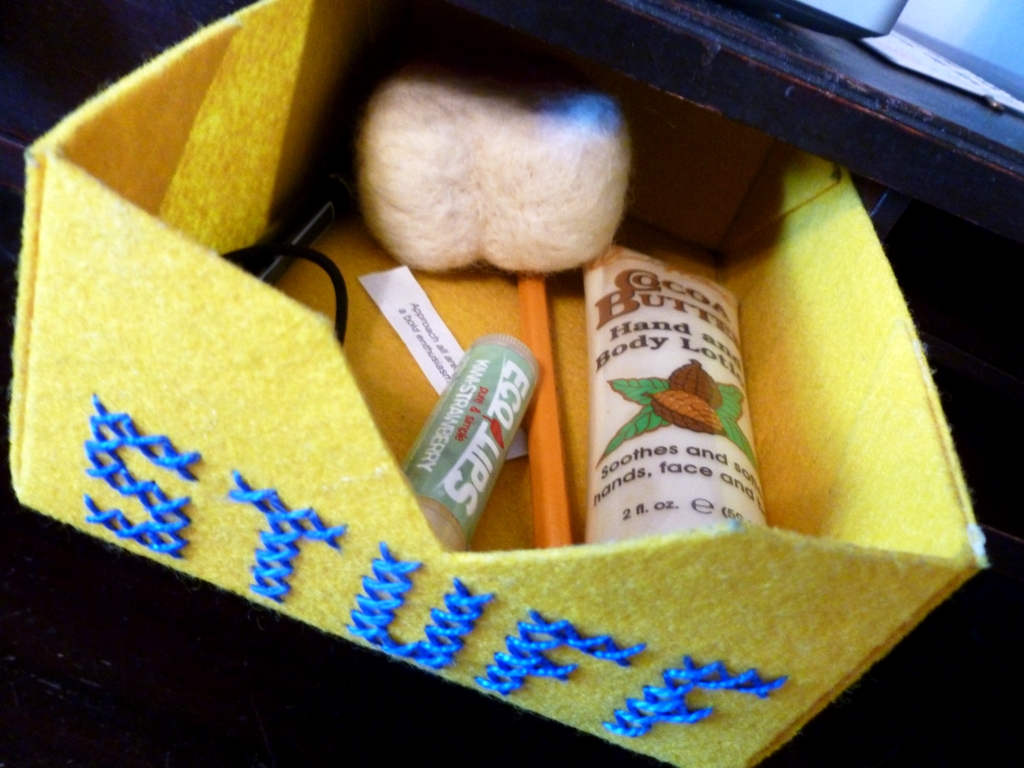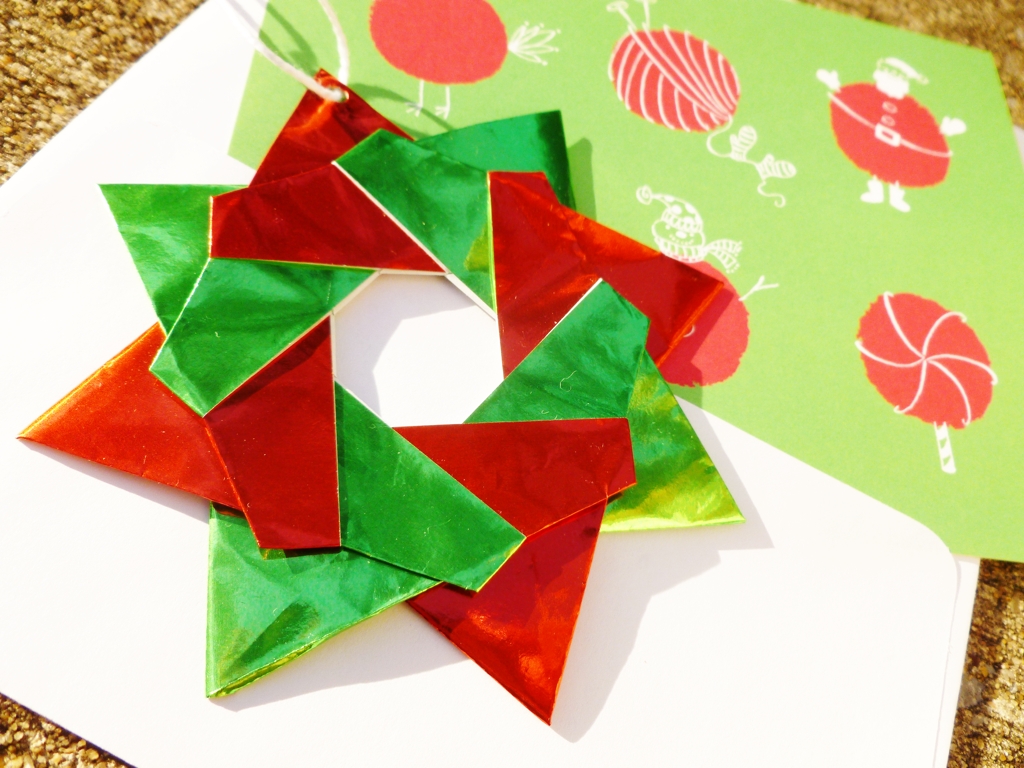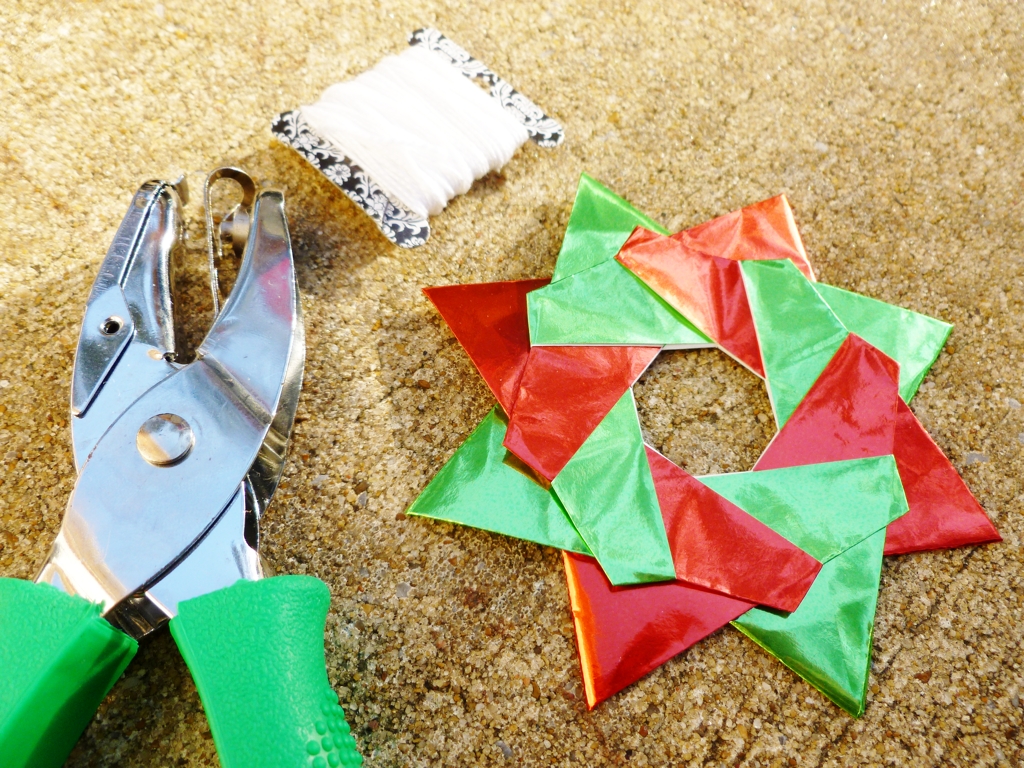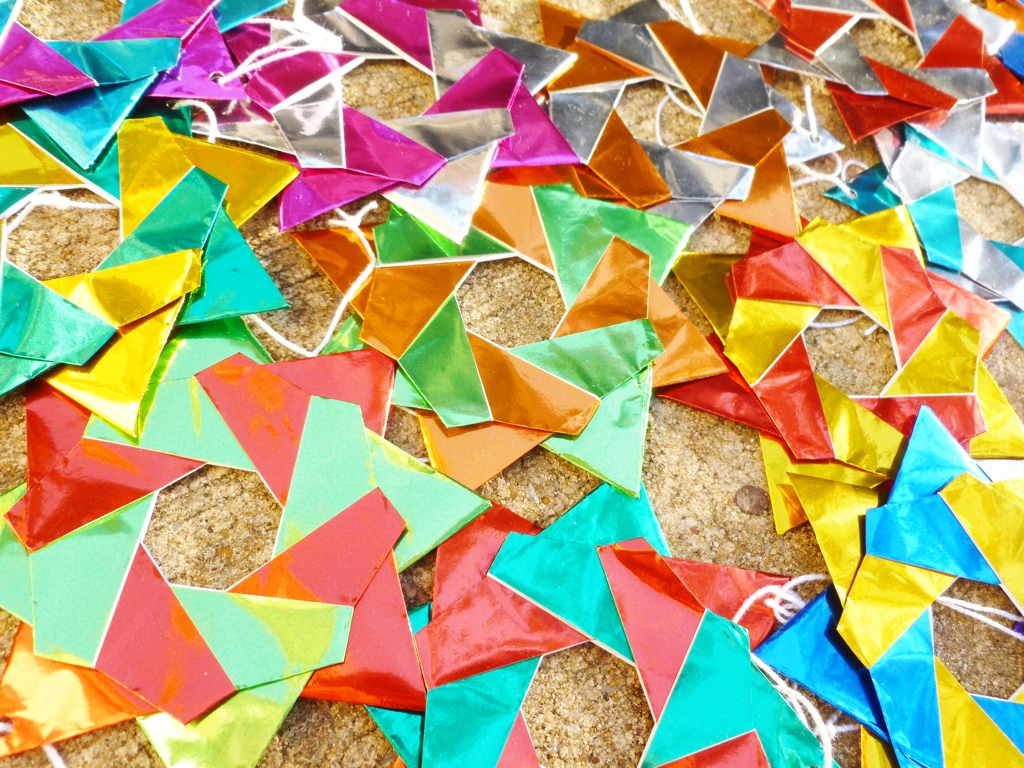Tricolor Elephant
/Have you ever seen something and instantly thought of someone? The first time I saw the elephant cross stitch from Red Gate Stitchery I thought of my friend Cece. My second thought was that I absolutely had to make this for her. She loves elephants and I enjoy cross stitch so everyone wins.
The stitching was easy once I choose the colors and seemed more like moving meditation than handwork. After concentrating on one small segment of stitches and than another, my eyes would zoom out to see the pattern and the elephant slowly forming. Almost seemed like the thread was stitching itself. Almost.
Part of the reason this project was so easy was because of the chart. It was easy to read and took up most of the page. Also helpful was the 4 pages of tips, tricks, and tutorials that came with the pattern. I’m still pretty new to cross stitch and those pages answered several nagging questions I didn’t even know I had. Plus, the whole thing arrived quickly to my inbox. What’s not to like?
Presented for your inspection, the wrong side of the piece which I think is just as interesting as the front. The back is messy with ends sticking up everywhere but the pattern is still visible.
The hardest part of this project was making myself iron the piece and figuring out how to frame it in a hoop. I managed to cheat my way out of ironing with warm water, a sponge, and colorfast thread. As for finishing the back, I did a little research and then promptly did my own thing with some leftover thread and wool felt.
Now that the elephant has arrived at his new home, I’m on the lookout for a new project or I could just finish the last one I started. Decisions, decisions.










































































